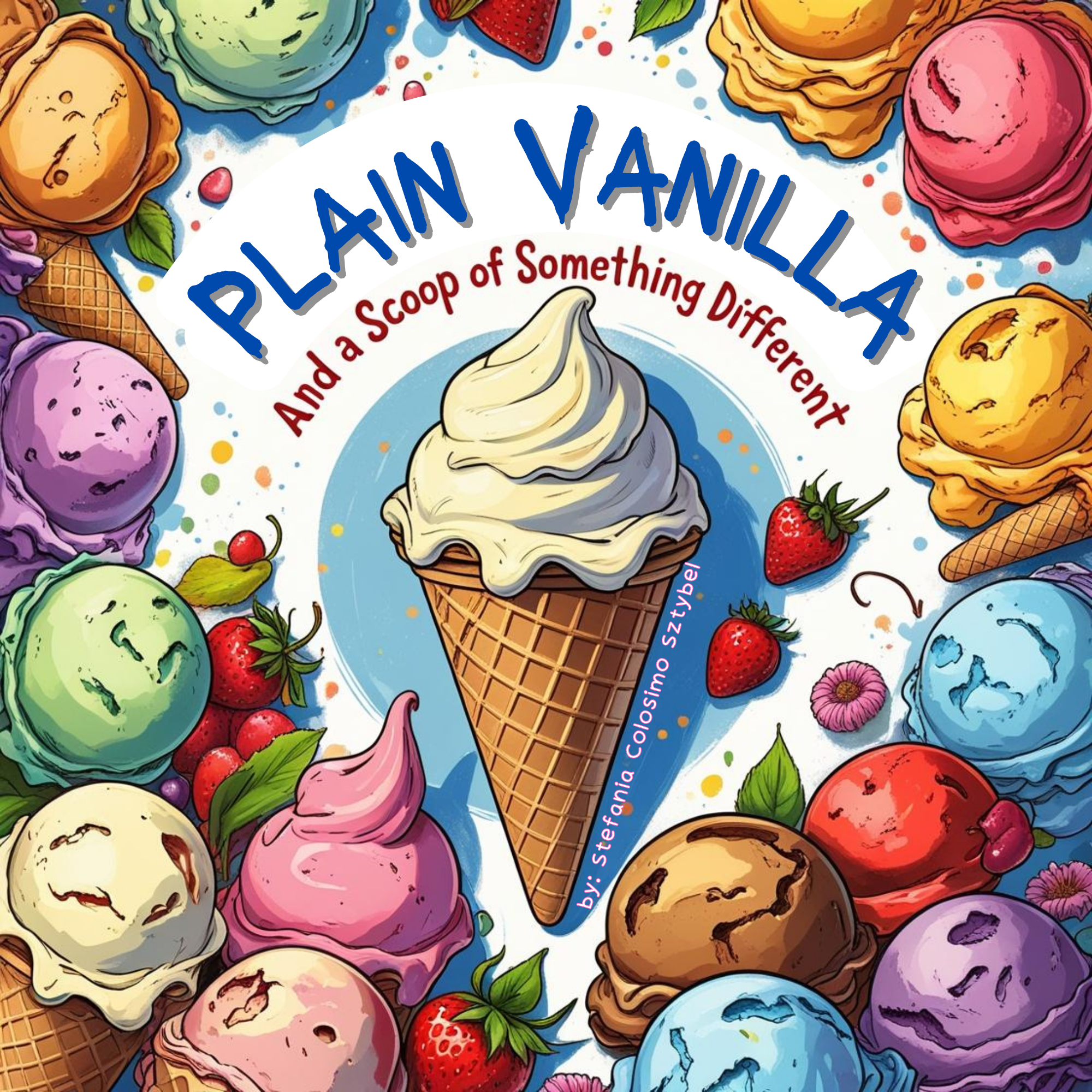
Books on Big Conversations for Small People
I’m a mom of two, a finance professional, and an accidental children’s book author. I couldn’t find books that explained the world we live in in a way my kids could feel. So I wrote them myself.
Big ideas aren’t too big for kids—they just need better explanations.
No lectures. No fluff. Just grounded stories, wrapped in something they can hold on to. Kids get it—when we give them something real.
Hi, I’m Stef.
About me
I never set out to write. But I’ve always loved reading—I was the kid who lived for summer library challenges or got yelled out for reading too much on family vacations (seriously).
So when I couldn’t find books that explained the world we live in in a way my kids could actually feel, I decided to write my own.
Too many picture books I found fell into one of three categories. They were either too lofty—throwing around words like activist that flew right over my kids’ heads, too watered down—rhyming their way around the point,
or too artsy—in a metaphorical beautiful-for-adults-too-muddled-for-kids kind of way. They weren’t landing where it counted.
I’m from New Jersey. My family is Italian. I work in finance. I don’t know anything but addressing issues head on. So I did what I’ve always done with my kids: I took a big idea, wrapped it in something simple, and let them walk around in it. Children are much smarter than we give them credit for.
At first, these stories were just for my family. My kids asked to hear them again and again, but I assumed that was just because “Mommy” wrote them. Then I read The Hat Rule to my son’s class—and his teacher cried. That’s when I realized it wasn’t just for us.
I started with The Hat Rule, but I knew there were more conversations we needed to have. So I kept writing. I’ve grown my collection to eight picture books for ages 4–12, each one tackling timely topics like identity, empathy, family structure, racism and belonging. They’re metaphor-driven, emotionally grounded, and easy to connect with—no buzzwords, no preaching.
Just stories that get kids thinking, talking, and feeling.
Books By Stef
The Hat Rule
Ages 5-8
In Hattersville, everyone wears green baseball caps—until Alex chooses a floppy sunflower hat that finally feels like him. A metaphor for being different in a world that rewards sameness.
Perfect for conversations about LGBTQIA+ identity, gender norms, and courage.
The Special Sign
Ages 6-8
When a teacher imposes unfair rules as a lesson, one student learns how it feels to be treated differently—and another discovers the power of speaking up.
A metaphor for historical injustice, with nods to segregation and the Holocaust.
Plain Vanilla
Ages 4-7
In a town where vanilla ice cream is the only accepted flavor, one boy discovers he prefers chocolate—but will he hide that truth to keep others comfortable.
A metaphor about queer identity and the pressure to conform.
Axel the Ambulance
Ages 4-7
Axel doesn’t flash his sirens or shout. He follows quiet roads and knows every street by heart. When disaster strikes, his unique way of thinking saves the day.
A tribute to autistic kids and how their differences are powerful, not broken.
Not So Different
Ages 4-7
A boy from a small town joins a school in New York City and discovers that families may look different—but love makes them all the same where it matters most.
A gentle story celebrating adoption, single parents, and nontraditional families.
The Truth We Hold
Ages 9-12
A lyrical, kid-friendly overview of slavery, segregation, and systemic racism in America—told honestly but accessibly, with a focus on empathy and action.
Perfect for educators and parents starting hard conversations.
Nella Below
Ages 4-7
In a town built for tall dinosaurs, Nella’s short neck leaves her excluded—until the town learns how bending a little can make room for everyone.
A heartwarming metaphor for disability rights, universal design, and belonging.
Still Moving
Ages 9-12
A rhyming letter from a mother to her daughter imagining what their life would have looked like in every historical era, if nothing had changed for women.
From 1700 to 2050, this poem helps kids understand how far we’ve come—and how far we still need to go.
Contact
I’m currently seeking agent representation for my picture book collection and would love to connect with agents, editors, or anyone interested in thoughtful, emotionally grounded children’s stories.








